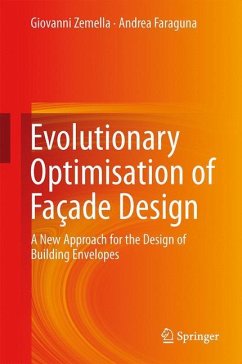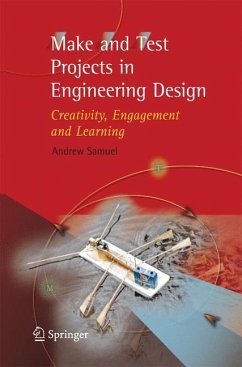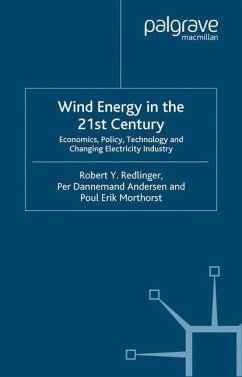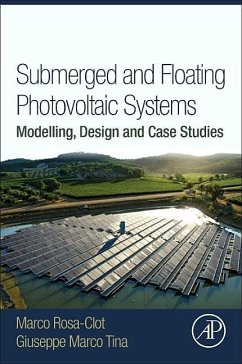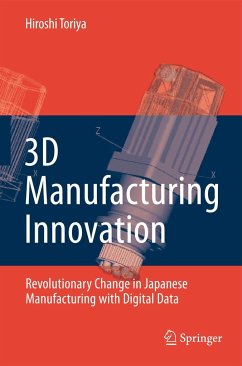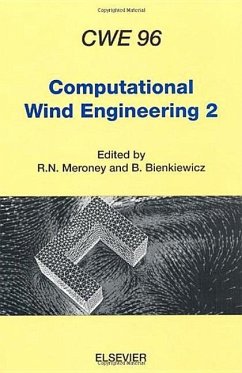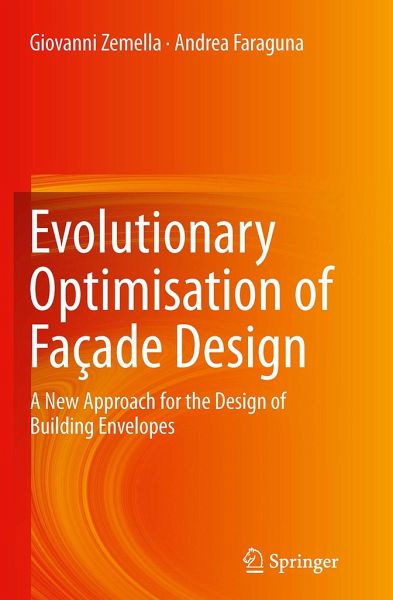
Evolutionary Optimisation of Façade Design
A New Approach for the Design of Building Envelopes
Versandkostenfrei!
Versandfertig in 6-10 Tagen
76,99 €
inkl. MwSt.
Weitere Ausgaben:

PAYBACK Punkte
38 °P sammeln!
Optimization techniques offer immense potential for the improvement of performance-driven design, since they allow the adoption of an holistic approach. This can lead to great advantages: optimal design solutions can be properly identified only if all criteria are considered at the same time, rather than separately. There are two barriers which obstruct optimization from being applied to building design: a technological barrier (applying the algorithms is not easy and can be quite time-consuming) and a cultural one (architects and engineers are required to change their perspectives as the desi...
Optimization techniques offer immense potential for the improvement of performance-driven design, since they allow the adoption of an holistic approach. This can lead to great advantages: optimal design solutions can be properly identified only if all criteria are considered at the same time, rather than separately. There are two barriers which obstruct optimization from being applied to building design: a technological barrier (applying the algorithms is not easy and can be quite time-consuming) and a cultural one (architects and engineers are required to change their perspectives as the design process has to be handled in a new way). This book explores these barriers from the perspective of both engineers and architects, and proposes a change in the attitudes of these two "actors": an engineer and an architect develop a dialog which helps them understand each other's perspective; in this way they find how they must both make a step forward.




